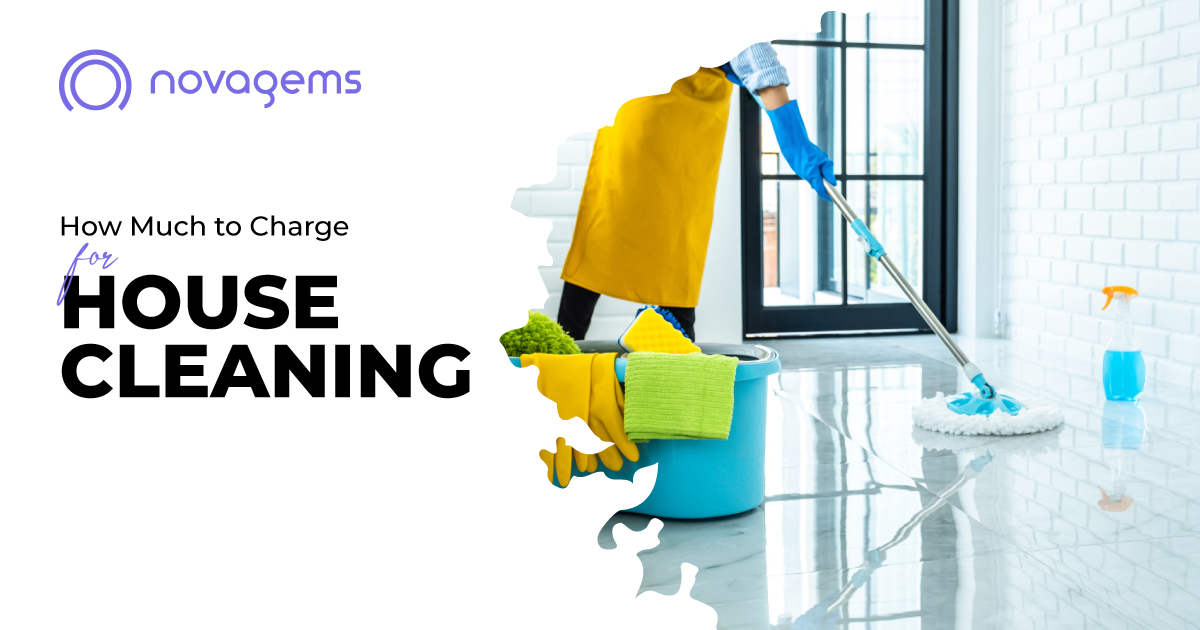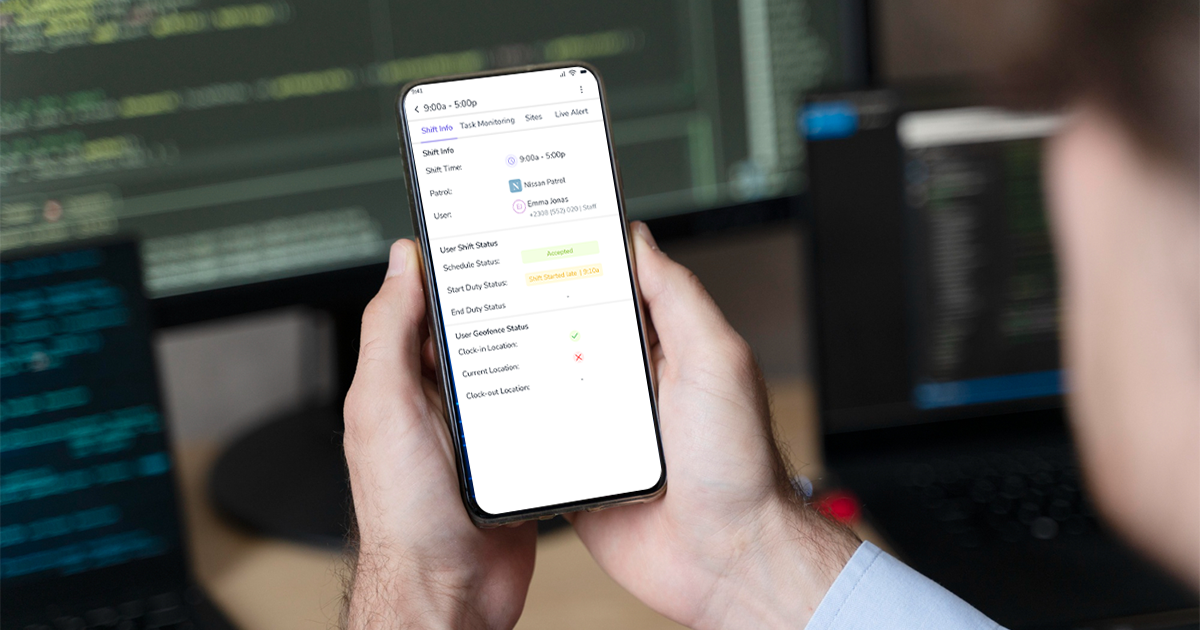How to Keep Security Guard Safe? Questions You Need To Ask
Published on: Fri, Jul 23, 2021
Read in 14 minutes
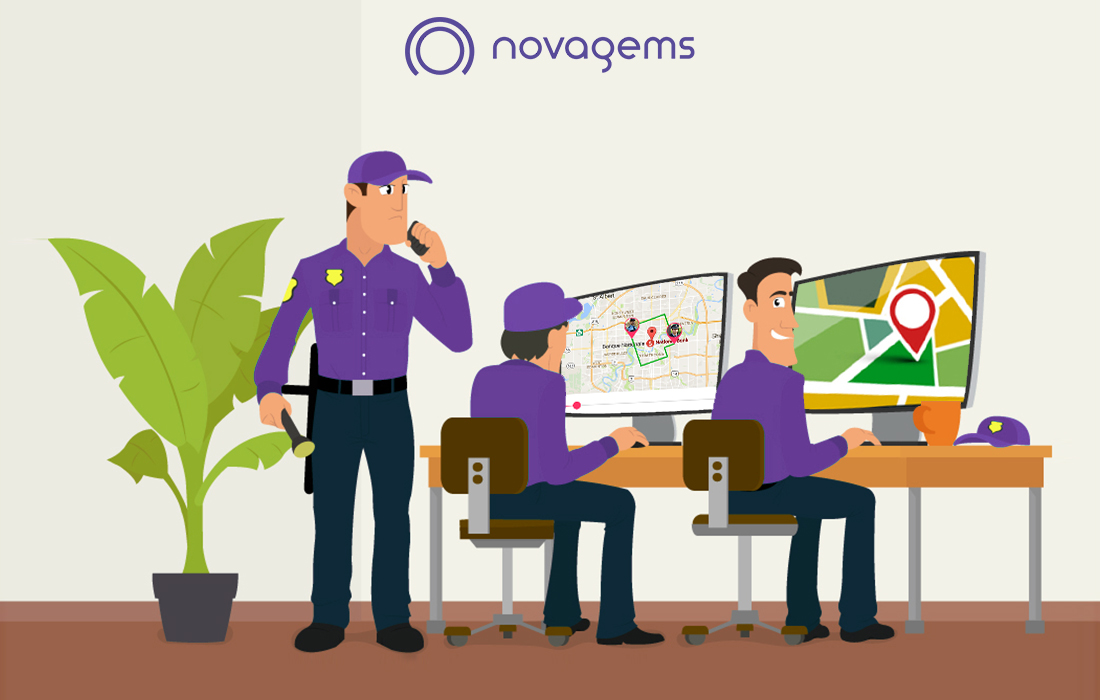
Key Takeaways
- Security guard safety starts with training, preparation, and reliable communication tools.
- Guards face physical, environmental, and situational risks that must be assessed and managed proactively.
- Regular reporting, route tracking, and teamwork reduce on-duty risks significantly.
Modern technology — GPS tracking, panic alerts, and digital reporting — keeps guards safer and more accountable.
We know that there are risks in every business. However, there is a difference between market risks and security risks, and security companies have to deal with the latter every day.
The people tackling these risks and dangers every day are the employees of the security companies - the security guards. So, as a security company, when you promise top-notch delivery of services, you should not forget that the safety and security of your guards are always at stake.
As an employer, you must actively work towards keeping your security guards safe while they are on their job. If you are wondering how to do that, we have got you some helpful information.
Introduction
Security guards stand on the front line of safety — protecting people, property, and businesses around the clock. Yet ironically, their own safety often gets overlooked.
From physical confrontations to fatigue and environmental hazards, guards face real risks daily.
Keeping them safe isn’t just a moral obligation; it’s vital for compliance, morale, and client trust.
This guide explores the most effective ways to keep your security guards safe, combining practical policies with smart technology to prevent incidents before they occur.
Understanding the Risks Security Guards Face
Every security role comes with its own set of hazards. Recognizing these risks is the first step toward prevention.
Common Threats Include:
- Physical threats: confrontations, assaults, or armed intrusions.
- Environmental risks: extreme weather, poor lighting, or unsafe terrain.
- Situational hazards: long night shifts, isolated posts, or fatigue.
- Operational issues: communication gaps, lack of supervision, or broken equipment.
According to a report from the U.S. Bureau of Labor Statistics, security guards face higher rates of workplace injuries compared to other service professions.
Proper preparation and safety systems drastically reduce these incidents — and protect both employees and employers.
Here are some tips that will tell you how to keep security guards safe while they are on duty. Let us have a look at these tips:
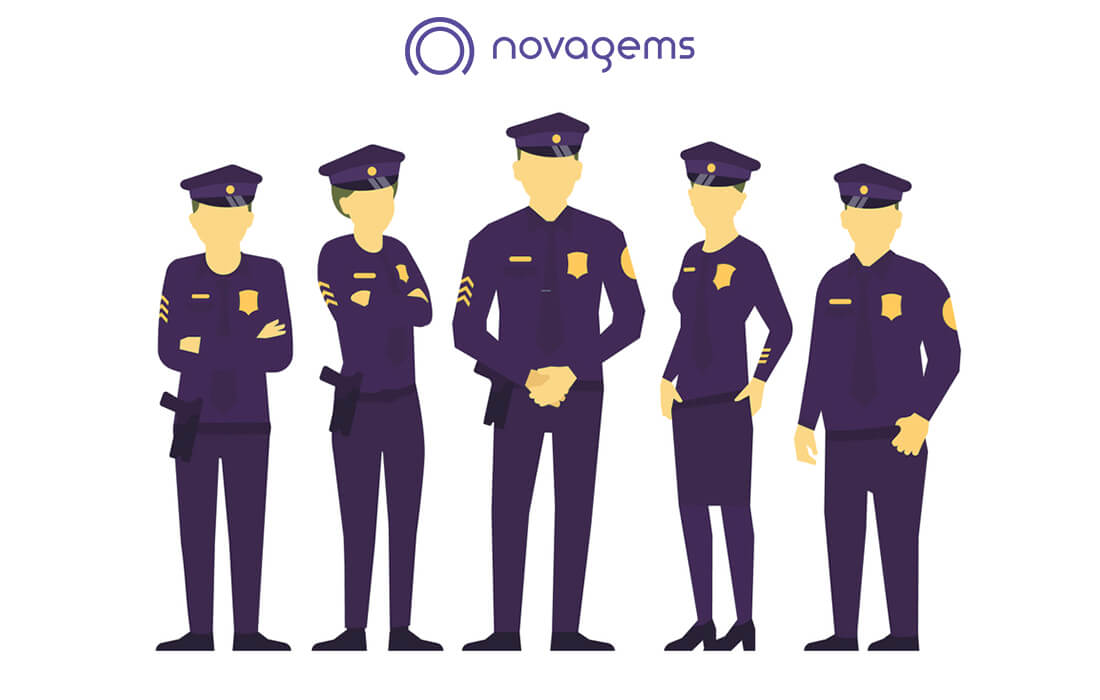
1. Pay Attention To Their Uniform and Clothing
Usually, security companies provide uniforms to their security guards with their company name or logo on them. Now, while you do that, you need to be careful in selecting the uniform. Keep in mind that security guards have to encounter risky situations where they need to take quick action. In such scenarios, nothing must impede them and their work, especially their uniform. So, make sure you choose comfortable clothes so they can actively perform their duties.
Aside from the uniform, if your security guards are in situations like doing security patrol or working in a high-risk area, you should provide them with body armor. Body armor will keep them safe from potential attacks. The body armor can be provided as per the location and risk of their duty. You can give them stab vests, protective gloves, bulletproof jackets, etc. when it comes to deploying them in high-alert areas.
2. Vary Their Routes and Locations
When you assign duties to your security guards, it is best to shuffle and vary their routes or locations. For instance, for security patrol, avoid sending one patrolling vehicle and guard to the same patrolling route. Due to this, the criminals might learn the pattern of movement of your security guards. It makes it easier for them to attack or commit a crime.
Either send a different guard and patrol vehicle to the same route after a certain period or choose a different route for the same guard. It not only keeps your guards safe but also does not let the criminals study the movement of your guards. This way, even if they keep an eye on your security personnel for a long time, they will not be able to find a similar pattern of movement. It makes it hard for them to breach the security and commit the crime.
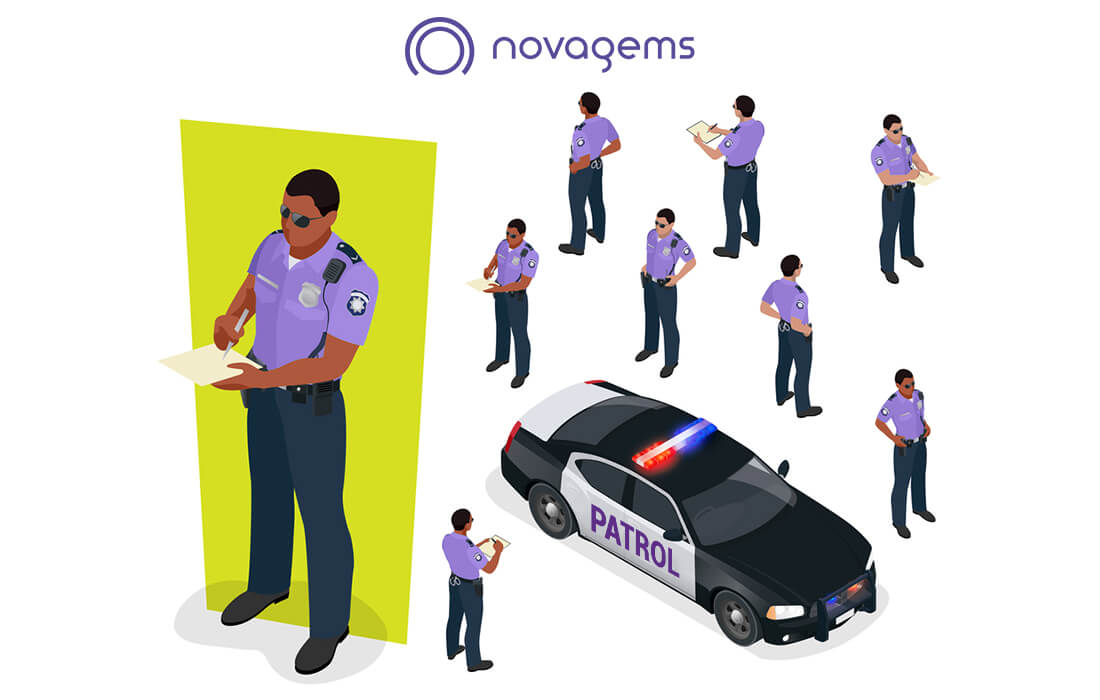
3. Train and Educate Them About The Security Measures
Security companies hire security guards based on some prior experience or training. However, to keep them safe, you must train and educate them about taking apt security measures under risky situations. To prepare your security guards, you should also include physical coaching to keep them in shape. If you cannot provide such training as a company, you can make provisions for the same, individually to your employees.
It keeps their reflexes active and helps them take faster action in the case of an emergency or crisis. With adequate training, your guards will stay sharp, active, and alert, which will help them in performing their duties well. You can discuss security patrol safety tips and train them to use their security patrolling system to keep them updated.
So, have training sessions from time to time, and teach your security personnel about security measures!
4. Keep Them Informed About Their Working Environment
Though a security guard will learn about their work environment on their own, you need to give them a heads-up if something is serious or needs their attention. For instance, if you’re deploying a security guard in an area where the crime rate is high, inform them about the same before deploying them. Answer their queries and provide them with the required equipment before they go.
You can discuss with them the types of crimes that take place in that location, previous incidents, exact locations of crimes, etc. Such information will prepare them for the emergencies they are likely to get into.
The same goes for security patrol guards. They must be informed about their routes and the possible dangers lurking on these routes. With prior information about such areas or routes, the security guards go prepared and their security is not compromised. In other words, your security guards must be aware of the workplace hazards that can land them in dangerous situations.
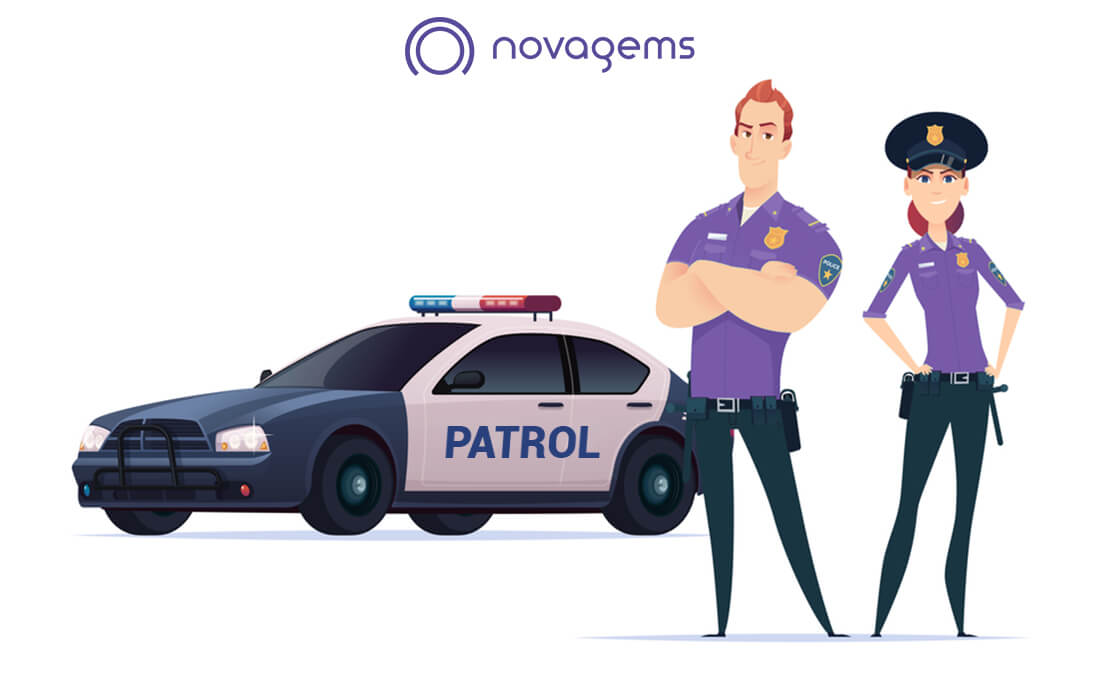
5. Use a Security Guard Tracking System
A security guard tracking system is like a software program that you can install on your security guard’s mobile phone. Through this software, you can keep track of the location, movement, entry, exit, etc. of your security guards. Even when they are using your patrolling vehicles, this system will keep tracking them.
Such a system allows the management of a security company to keep the record of their security guards, track their locations, and send help in case of emergencies. It is one of the fastest ways to track your guards in real-time and provide them with the required aid in time.
Besides providing security to your guards, such systems also help you track your patrolling fleet, the routes taken by the patrolling guards, etc. Through this system, you can direct your security patrol guards in the right direction by helping them take the right routes in case of emergencies.
Regularly review and evaluate security procedures and protocols to identify areas for improvement. Seek feedback from security guards and incorporate their insights into enhancing safety measures.
6. Provide Them With Security Equipment
Besides having a tracker system or a security guard management system in their phones, the security guards need the right security equipment too. For example defense equipment. All the security equipment must be provided to the guards in working condition.
If you provide them with these things but they do not work in time, it might risk their safety. So, before you provide the equipment to the guards, make sure it is thoroughly tested and checked. If your guard management is entirely based on mobile phones, like a security guard tracking system then make sure your guards have working smartphones for the same. Make it a point that their phones are duly charged and connected with the network.
With the right equipment, the guards can perform more effectively and act smartly in case of dangerous situations. Some parts of this equipment also help gather evidence in case of crimes. So, it is important!
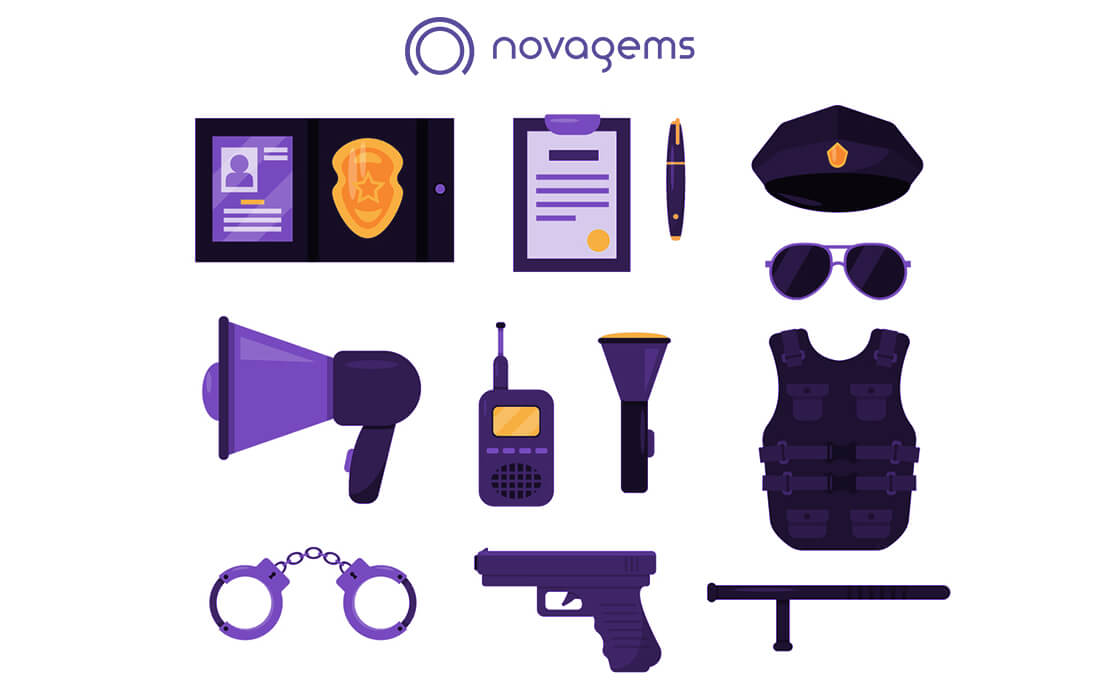
7. Keep A Check on your Patrolling Vehicles
For security companies providing security patrol services, it is important to keep a check on your patrol vehicles. Your fleet must always be ready to hit the roads in the most efficient ways. For that, your patrolling vehicles must be in top condition all the time.
It not only helps your security staff to take fast action in emergencies but also ensures their safety. In case of a dangerous situation, your patrol vehicles must not betray the security guards with a breakdown as it might put their lives in danger.
So, following our security patrol safety tips, make sure you keep your patrolling vehicles in good condition by sending them to the service centers for regular checkups.
8. Prioritize Teamwork
In situations where the security of your guards can be compromised, prioritize teamwork. When a security guard is alone in a dangerous situation, they are more likely to panic. Thus, they might not think straight and end up in a tough spot.
However, if there is a team of security guards working in such a situation, it gets safer for them to act right. More security guards also mean more equipment and more patrolling vehicles that can work as a team to work through emergencies and risky situations.
9. Adequate Staffing
Avoid understaffing situations as it can lead to exhaustion and compromised security. Ensure there are enough security guards to cover shifts and maintain a strong presence. Safer guard security can only be achieved if you have the right amount of security guards on the shift. If any security breach does happen your security guard will not feel overwhelmed and can easily call for backup. This will prevent you and your clients from suffering huge losses. A safe security guard means that your client can take a sigh of relief.
10. Risk Assessments
Conduct regular risk assessments of the premises or site where security guards are deployed. Identify potential hazards, vulnerabilities, and areas of concern. Develop strategies and protocols to mitigate risks. Security guards can take care of their own security if they have adequate risk assessments capabilities. If the security guards are taking regular checks of the premises. Through patrol services they can keep a regular check on the vulnerable areas of the premises.
11. Collaborate with Local Authorities
Establish good working relationships with local law enforcement agencies. Share information on security threats, criminal activities, or suspicious individuals in the area. Collaborate on emergency response plans and conduct joint training exercises when possible. You can easily add this point into your security guard safety tips as many times security guards do not have the authority to take strict actions against suspects. If they collaborate with the local authorities they will get a quick response time with quicker actions.
12. Health and Well-being
Ensure security guards have access to adequate breaks, rest areas, and facilities. Encourage a healthy work-life balance to prevent burnout. Provide resources for stress management and mental health support. Your security guard will be of no use if your guards are tired and exhausted. Your security guards need to take care of their physical as well as mental health.
Other things to conside:
Provide Proper Training and Certification
Training is the foundation of safety. Guards should be equipped not just with uniforms and radios, but with the right knowledge and instincts.
Include the following in your training programs:
- Emergency response and evacuation drills
- Conflict de-escalation and communication skills
- Defensive tactics and personal safety
- First aid and CPR training
- Equipment handling and weapon safety (if applicable)
Ongoing education keeps skills sharp. Regular refresher sessions ensure guards stay confident and compliant with updated safety standards.
Pro Tip: Use digital license and training tracking tools (like Novagems) to monitor certifications and send automatic renewal reminders.
Use Reliable Communication and Tracking Tools
A disconnected guard is a vulnerable guard. Reliable communication ensures immediate support in case of emergencies.
Best practices include:
- Providing two-way radios or encrypted mobile apps for instant alerts.
- Using GPS-based tracking for patrol routes.
- Installing panic buttons or wearables that send distress signals when pressed.
- Implementing digital check-in systems that log each patrol checkpoint automatically.
With software like Novagems Guard Management System, supervisors can see real-time locations, receive alerts, and verify attendance — all from a central dashboard.
That visibility builds confidence and accountability for both guards and management.
Conduct Regular Risk Assessments
Safety is never one-and-done. Every site, shift, and situation presents unique risks.
Perform site assessments before assigning guards:
- Identify weak spots — poor lighting, blind zones, malfunctioning cameras.
- Evaluate environmental risks — uneven terrain, confined spaces, or proximity to high-crime areas.
- Review historical incident data to anticipate potential threats.
- Create an emergency response plan for each location.
Update your risk assessments quarterly or whenever conditions change — for example, during major construction or after an incident occurs.
Encourage Teamwork and Backup Protocols
Working alone increases vulnerability. Whenever possible, deploy guards in pairs or teams.
If solo assignments are unavoidable:
- Ensure they have mobile check-in systems.
- Establish scheduled call-ins or app-based status updates.
- Use geofencing to alert supervisors if guards leave their assigned zones.
Teamwork also enhances situational awareness — one guard can monitor surroundings while another handles interactions.
In large facilities, stagger team patrols to maintain constant visibility and quick response capability.
Maintain Equipment and Protective Gear
Even basic equipment can save lives when used properly.
Essential gear includes:
- Reflective uniforms or vests for visibility
- Body armor or protective padding (depending on the post)
- Functional flashlights and radios
- First aid kits and fire extinguishers
- GPS devices or mobile safety apps
Regularly inspect and replace gear. Equipment failure at a critical moment can lead to serious consequences.
Keep spare batteries, backup radios, and emergency supplies at every site.
Track Incidents and Review Reports
Incident reporting is more than a formality — it’s the data that drives future safety improvements.
Use digital reporting tools to:
- Record incidents with time, date, and GPS coordinates.
- Attach photos, videos, or witness statements for clarity.
- Analyze recurring patterns (e.g., unsafe areas, repeat offenders).
- Share reports securely with clients or management.
A 2024 International Foundation for Protection Officers (IFPO) report found that companies using real-time reporting software reduced incident response times by up to 45%.
Better reporting equals faster action — and safer guards.
Promote Health, Rest, and Mental Well-Being
Overworked or fatigued guards make slower, riskier decisions.
Implement policies that encourage adequate breaks, hydration, and proper shift rotation.
- Avoid scheduling guards for excessively long shifts.
- Encourage mental health awareness and stress management programs.
- Check in regularly with guards who work night shifts or remote posts.
A culture that prioritizes health fosters loyalty — and fewer on-the-job mistakes.
Use Technology for Smarter Safety Management
Manual oversight has limits.
Modern security companies are turning to digital solutions to make guard safety proactive instead of reactive.
With Novagems, you can:
- Track real-time patrol movements
- Send alerts and messages instantly
- Record and analyze safety data
- Ensure compliance with license and training requirements
- Review performance reports anytime, anywhere
By automating routine safety checks and providing live insights, technology bridges the gap between field staff and management — creating safer working conditions overall.
Plus, with a security patrolling system or a security guard management system, all the guards are connected in real-time. So, it gets easier for them to work and act as a team. With this, our list of tips on how to keep security guards safe comes to an end. We hope you’ve gathered the required information that will help you prioritize the safety of your security guards. With these tips in mind, there is no chance of skipping any major points that are required for the security of your guards. We hope these tips help you take the right action to ensure the safety of your employees and make sure their life doesn’t get in danger while they are at work.
If you’re looking for an effective security guard management system or a security patrolling system for your security business, get in touch with Novagems. We are available with the best solutions and can provide you with the best consultation! Call us today!
FAQs
Q1. What are the biggest safety risks for security guards?
Assaults, slips/falls, fatigue, and lack of communication tools are the most common hazards. Regular risk assessments and modern technology reduce these risks dramatically.
Q2. How can technology improve guard safety?
Tools like GPS tracking, digital check-ins, and panic alerts allow real-time monitoring and faster emergency responses — preventing small issues from escalating.
Q3. How often should guard training be updated?
At least annually. Frequent refresher courses keep guards compliant with new laws, equipment, and safety protocols.
Q4. What role does management play in guard safety?
Leadership must enforce safety policies, track compliance, and invest in reliable communication systems and equipment.
Get a Free Trial
Sign up For Newsletter
Latest Blog Posts
Get Started
Start being productive & grow your business
with Novagems


